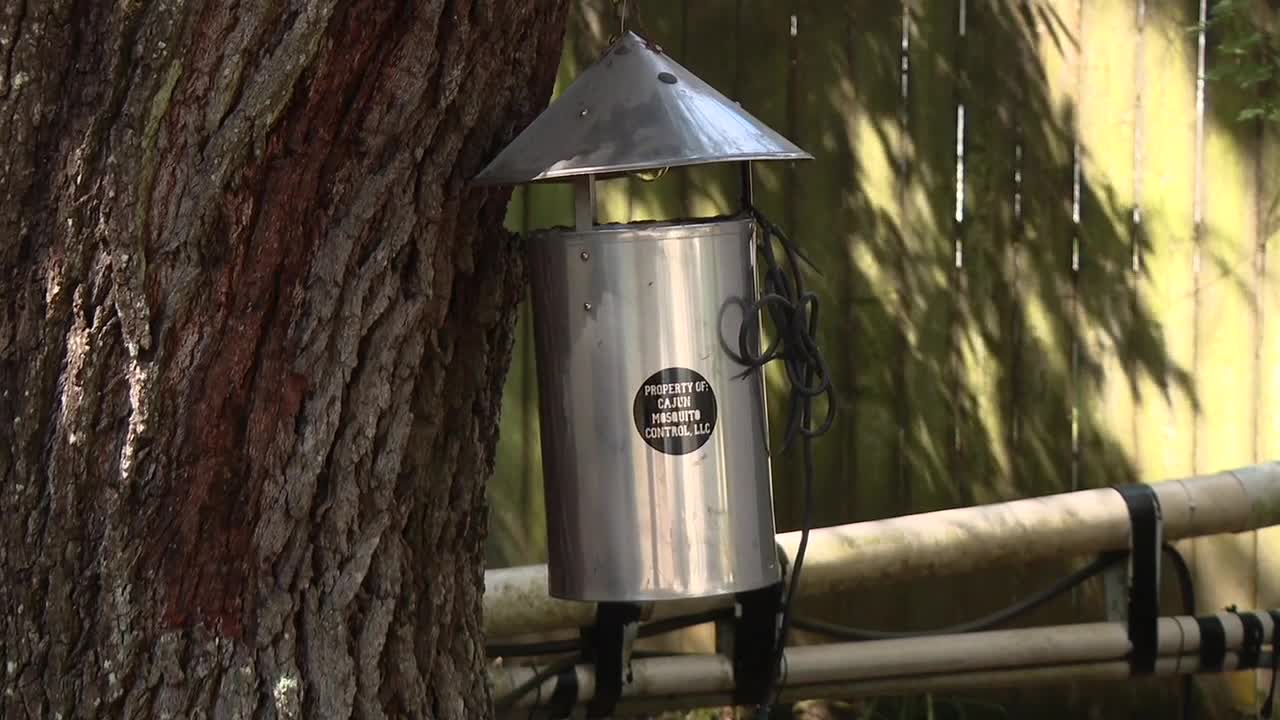ST. MARTIN PARISH — St. Martin Parish is closely monitoring West Nile virus as activity continues to surface in the region. Parish officials are working with Cajun Mosquito Control to track and contain the threat, using a combination of traps and lab testing to stay ahead of the virus.
Jessie Boudreaux, president of Cajun Mosquito Control, explained how his team identifies the most dangerous mosquitoes. “We’re looking for the number one leading carrier of West Nile virus, the southern house mosquito also known as the culex quinquefasciatus, and this mosquito is the leading carrier of West Nile in the state of Louisiana,” he said. “The surveillance we do is aimed for finding her and having her tested to see if she has bitten an infected bird and has the West Nile virus in her system.”
St. Martin Parish remains at Level 3 for West Nile virus, meaning the virus has been detected in animals but no human cases have been reported. Boudreaux said drought conditions this year have created a perfect environment for transmission. “When you have a drought there are very few water sources for mosquitos to breed in and birds to get water from. So the two come together and the mosquitos feed on an infected bird, and that infected bird now transmits West Nile virus,” he said.
His team relies on New Jersey light traps, CDC Gravid traps — Louisiana’s leading tool for detecting infected mosquitoes — and small black jars to collect eggs. The captured mosquitoes are frozen, sorted, and sent to LSU’s Louisiana Animal Diagnostic Lab, with results returning within a week.
Fall doesn’t bring relief, “female mosquitoes sense that cooler temperature and so she understands the winter time is coming. So she’s gonna try and lay her eggs and have her offspring,” Boudreaux said. That cycle of breeding near homes or in stagnant water can raise the risk of exposure, but officials use traps and what Boudreaux described as a standard mosquito “diaper” to reduce populations.
Boudreaux says prevention remains key. “Drain any standing water that is around your home or business and wear an EPA registered repellent, that will give you protection from the mosquitoes for a certain amount of time”. He added that his team works closely with parish officials to protect residents. “We had to work with the administration to do the necessary precautions to protect the citizens,” he said.





